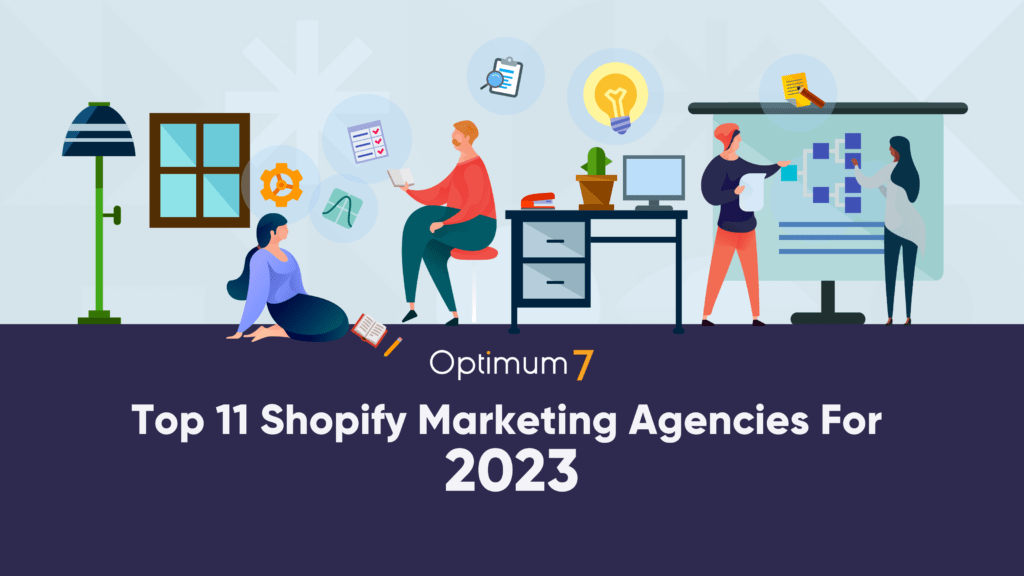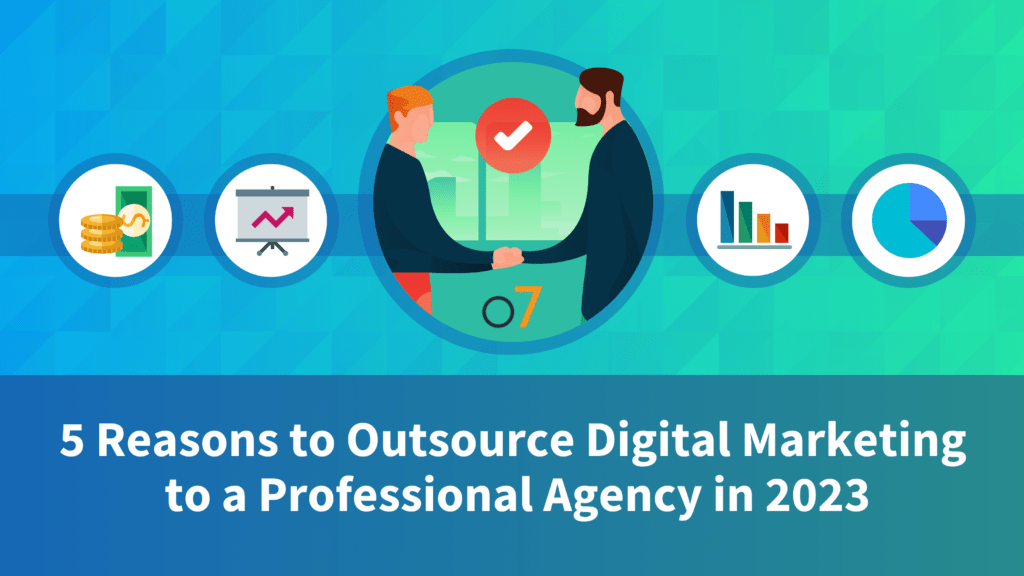By Arthur Cooper
Search Engine Marketing (SEM) is not reserved nor exclusive for big business. In fact, it is the brightest light for small businesses to effectively compete in their respective markets. It is a mistake to believe that the “big boys” know what they are doing on the internet, at least not yet.
Google and the other search engines provide the real potential to compete because all websites start from the same point. Yes, it involves commitment, both financial and otherwise to effectively compete. However, those who “get it” and understand the commitment involved, as well as, the ROI available by being on “Main Street” on Google (page 1), can effectively compete and win.
So how do you get to Main Street? Search Engine Marketing! SEM is the successful application of and integration of Search Engine Optimization and Sponsored Search Advertising to achieve top page visibility on the major search engines AND the successful application of Conversion Optimization to maximize sales, leads and other forms of conversion as dictated by the nature of the site’s products and services.
Search Engine Optimization
SEO focuses on the organic listings of the search engines. The search engines rank all pages through a sophisticated indexing and relevance valuation system. This is often referred to as an algorithm which is just a structure of logical, mathematical and statistical formulae to effectively score a web page for relevance. Google is all about relevance … the online public generally agrees that Google has achieved the best results consistently for relevance which results in wide public acceptance and even adulation.
SEO companies need to understand exactly how Google ranks pages which involve literally 100’s of factors to be successful for their clients. There are many processes and sub-specialties, all of which are important to be mastered to assure excellent results as is ultimately measured by the ROI of the client. The processes include the following:
1. Onsite Optimization – this involves those “geeky” internal issues such as meta tags, title tags, coding et al that makes it possible for the search engine spiders to understand what the website and each page are all about.
2. Keyword Research – this is the core of all SEO. Intensive keyword research is an absolute requirement to identify the universe of relevant, high potential keywords. We need to know, for instance, what are the keywords the client wants to be ranked for, determine all additional keywords that are closely related, what is the popularity of each keyword (how many people are searching), the competitiveness of the keyword (how many competing pages are indexed for the same keywords).
3. Competition Research – who are the competing companies on the first page of Google? Analysis of these websites to determine what they have done to achieve the top rankings so that the SEO Company can determine exactly how high the bar is set and what will be required to effectively compete with these sites.
4. Content / SEO Copywriting – If a website is analogous to a car, then content is the gasoline required for the website to move up the search engines. Content, whether supplied by the client or provided by a 3rd party copywriter is absolutely essential. It is the continuous creation and implementation of GREAT content both on the website and syndicated throughout the web that are used by the best SEO companies to generate BACKLINKS. These backlinks are the true point-getters with the search engines that separate the men from the boys.
5. SEO Sub Specialties
a. Social Bookmarking – the use of social bookmarking websites such as delicious, Digg, Furl, etc to increase the popularity of the website. Properly executed, social bookmarking can drive traffic and score big points with Google by generating more and more backlinks.
b. Social Media Optimization – the use of strong visual content in the Social Media, i.e. MySpace, Facebook, etc with links to the website to further optimize relevant website traffic.
c. Indexing and Submissions – the registration of web pages and content with industry relevant indexing sites for further backlink generation.
d. Online Syndication – the wide deployment of offline relevant content through a wide range of online public portals. Articles and Press Releases are very effective means of generating backlinks. Other forms of online content include podcasts, multi-media video, etc. All of these factors increase traffic.
6. Conversion Optimization – it is really not enough to just get the high rankings, believe it or not. Most SEM Companies consider themselves successful when they achieve high rankings. However, what if the visitors are not converting … sales and leads are therefore not happening. So, the SEM may have been “successful” but the client will likely leave the SEM because the expected ROI just didn’t materialize. Conversion Optimization involves the successful design and implementation of pages designed to grab the attention of visitors and lead them through a “conversion funnel” to the ultimate conversion step i.e. product purchase, lead form, email request, etc.
Sponsored Search Advertising
Often called PPC (Pay per Click) Advertising, Sponsored Search Advertising is the deployment of search engine advertising that is targeted on specific keywords / groups of keywords. These ads appear on the first page, typically located just above and to the right of the organic listings.
The advantages of Sponsored Search Advertising are as follows:
1. Immediate first page appearance – Organic SEO takes significant time, as much as 6-12 months to generate significant visibility.
2. You don’t have to do anything to your website.
3. You pay only for the actual clicks on your ad; the amount is determined by the bidding for the keywords.
Sponsored Search Advertising, however, should not be used as the sole component of an SEM strategy. While the ads will appear immediately and requires no website preparation, PPC is expensive, particularly over time. Also, only 1 in 3 online searchers use the Sponsored Ads as their choice when searching. This is due to (1) sophisticated searchers intuitively recognize that paid ads are not as relevant as the organic listings so they will find what they are looking for faster with organic listings and (2) unsophisticated searchers just don’t know the difference between the sponsored and the organic. However, sophisticated searchers are increasing with time as one would expect. Sponsored Search is based on a bidding model so, by definition, the cpc (cost per click) will increase with time.
We use Sponsored Search Advertising as an interim part of the SEM strategy. Simply, as Organic SEO is in its initial stages of implementation, Sponsored Search Advertising provides a source of visibility and sales. As organic results become more and more visible, advertising budgets are typically trimmed back as the more effective, lower cost organic listings contribute increasingly to website traffic, conversions and new business.
Many small businesses are local or regional. SEM is ideal here as both SEO and PPC can be geo-targeted to produce advertising and organic results that are only seen by those searching for your keywords within the targeted geography.
Small businesses can definitely compete effectively against any size competition on the internet. As with everything it involves understanding of the opportunity, passion and commitment.
 |
 |
 |
 |
 |
 |
 |
 |
 |
 |
 |
 |
 |
 |
 |
 |
 |




